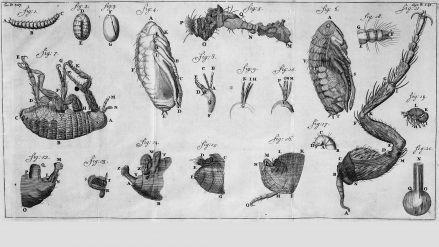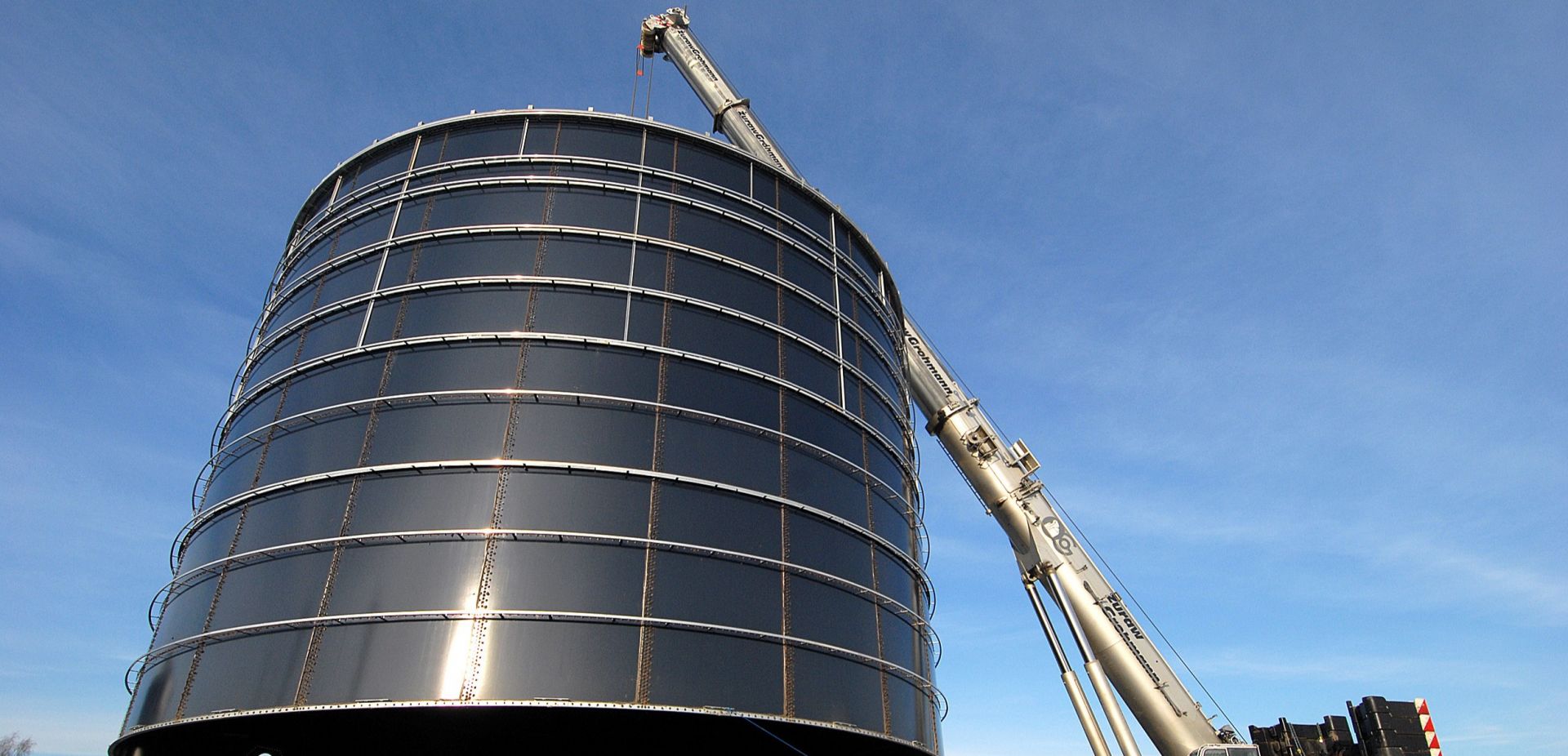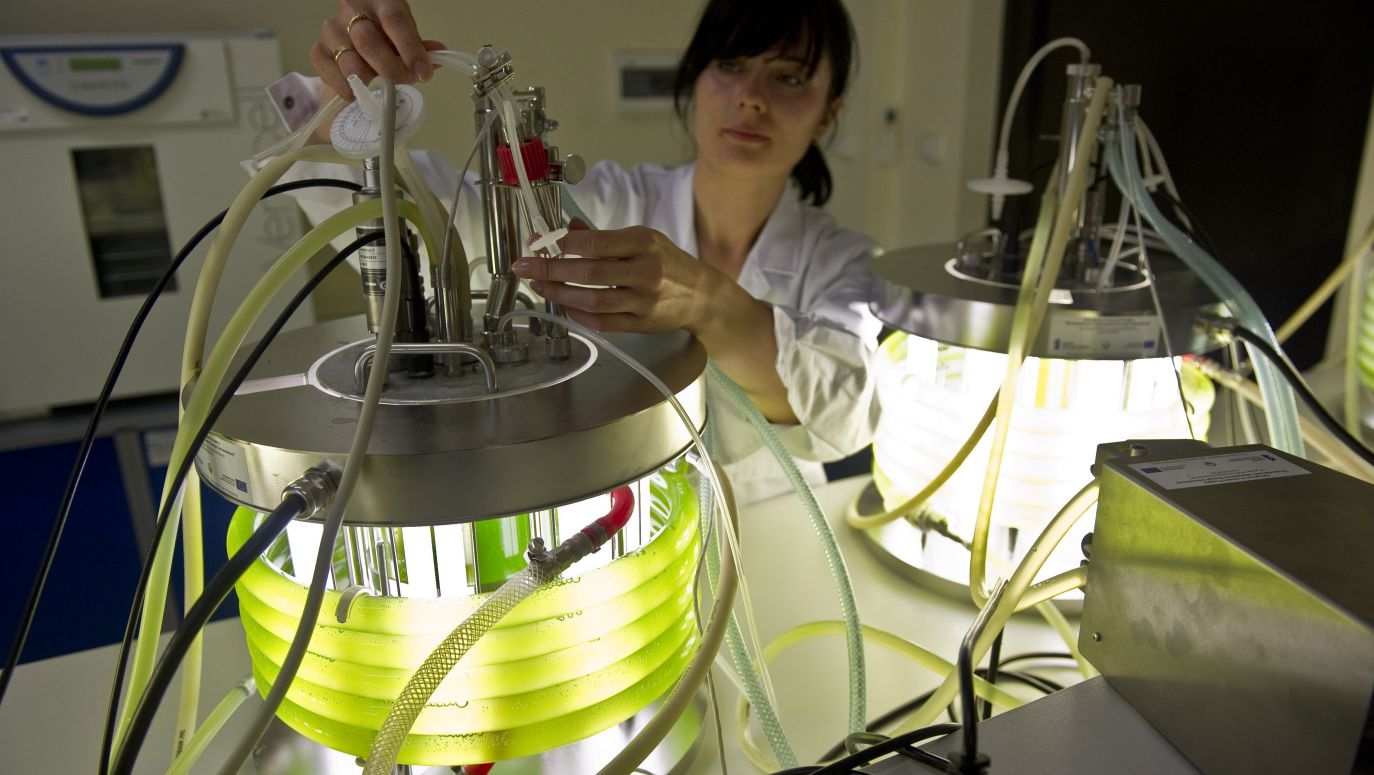
Let the insects eat us after we die, the ethologist appeals.
see more
As Jakub Wiech claims, "the political climate around bioenergy is changing. In the European Union's climate policy, biogas is classified as a renewable source. This is based on a simple calculation assuming continuity of production. To generate biogas, you need to have a certain amount of biomass, which - during its growth - absorbed carbon dioxide. However, when it is burned, a certain amount of greenhouse gases is released into the atmosphere anyway. This means that biogas is increasingly perceived as the so-called grey technology that should be rather abandoned, not supported.”
It is worth noting that the assessment of what is "eco" in terms of biogas has been changing for several years, which may be a disappointment for fans of the so-called biofuels, i.e. growing oil plants only to make substances poured into vehicle engines. I'm leaving aside all the automotive issues I know nothing about. Still, regarding the profitability of the processes - not so much for the wallet, but for the environment - scientists from Bangor University and the Thünen Institute in Germany commented on the issue in 2015 in the "Global Change Biology Bioenergy" scientific journal. Their calculations show that biogas obtained from waste is at least ten times more effective than biogas from crops in terms of reducing greenhouse gas emissions per hectare of cultivated land.
Then, and still today, in many EU countries, the subsidies mentioned above - for biogas combustion, called feed-in tariffs for bioelectricity - encourage the use of crops not for feeding people and animals but for the production of biogas in large anaerobic fermentation plants. In addition, mandatory “biofuel blend targets” stimulate the production of liquid biofuels from food crops.
To put it in a language used excessively in the documents of the European institutions - although this time prompting truths not necessarily accepted there - political measures here are not aimed at the most sustainable bioenergy options – which is to reduce dependency on polluting fossil fuels and focus on reducing greenhouse gas emissions. The so-called environmental efficiency, or even more so environmental sustainability, is a complicated topic that would require more than just one article. However, I can easily imagine that common sense and Mother Earth will be less offended - where 9% of the human population goes hungry – if the heating and biogas electricity, produced by home gas plants, use biogas generated from pig excrement and food waste, not corn.
 SIGN UP TO OUR PAGE
SIGN UP TO OUR PAGE

As the authors of this study note, "anaerobic digestion of manure and food waste prevents emissions resulting from storing manure and composting food waste. [...] However, care must be taken to minimise ammonia emissions when storing and applying «biofertiliser» from digestate produced on land together with biogas in anaerobic digestion plants.”
Microorganisms that produce biogas in anaerobic digesters, as it turned out, live in highly organised biomes, where the well-being of one newly discovered type of bacteria determines the effectiveness of others. This happens in the organic world - you can't manipulate one element, just like you wouldn’t manipulate only one gear in a mechanism - consequently, everything will move. Bioengineering is one kind of manipulation, and the subsidy system is another. It is worth understanding that biogas is produced in a complicated and still not fully understood way; it would probably bring a better future for us if scientists were listened to and their calculations were carefully checked. It may turn out that they could save us a lot of money and our planet, and "bio" would be really green, not grey.
– Magdalena Kawalec-Segond
TVP WEEKLY. Editorial team and jornalists
– Translated by Katarzyna Chocian
Sources:
• https://www.biorxiv.org/content/10.1101/2023.09.08.556800v1
• https://www.biorxiv.org/content/10.1101/2023.09.08.556802v1
• https://pubs.rsc.org/en/content/articlelanding/2018/EE/C8EE01059E
• https://onlinelibrary.wiley.com/doi/10.1111/gcbb.12246



 SIGN UP TO OUR PAGE
SIGN UP TO OUR PAGE
 As the authors of this study note, "anaerobic digestion of manure and food waste prevents emissions resulting from storing manure and composting food waste. [...] However, care must be taken to minimise ammonia emissions when storing and applying «biofertiliser» from digestate produced on land together with biogas in anaerobic digestion plants.”
As the authors of this study note, "anaerobic digestion of manure and food waste prevents emissions resulting from storing manure and composting food waste. [...] However, care must be taken to minimise ammonia emissions when storing and applying «biofertiliser» from digestate produced on land together with biogas in anaerobic digestion plants.”



